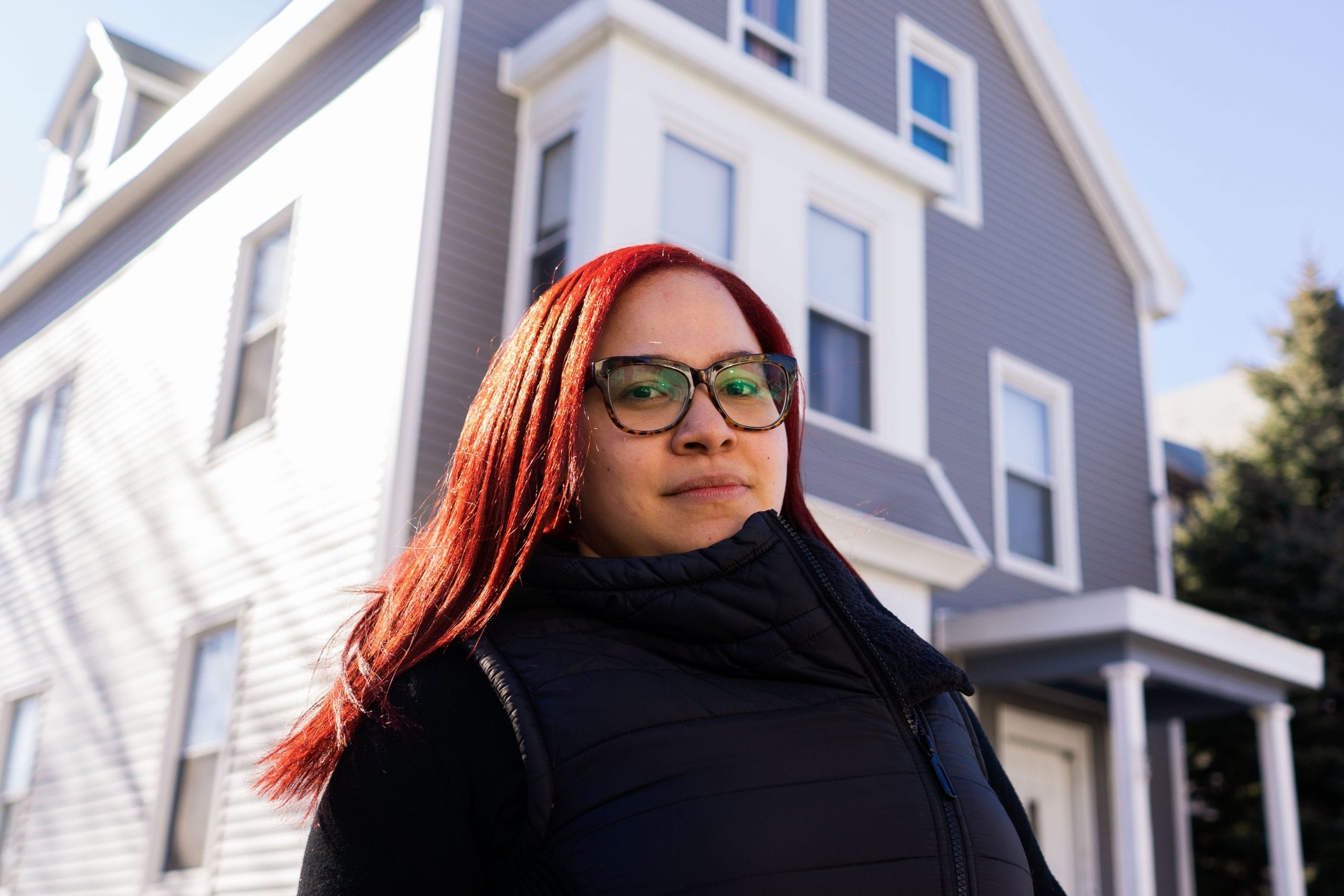“Sometimes, when they use the terminology affordable, they don’t really mean affordable for the people in the city,” said Salem City Councilor-At-Large Domingo Dominguez.
Area median income, as determined by the U.S. Department of Housing and Urban Development (HUD), groups North Shore communities with 110 other municipalities, estimating these places’ median income to be $119,000 per year for a family of four.
The HUD definition dramatically overstates the area median income (AMI) of Lynn, for which the real median income is $53,500. For renters, the median income is even lower — $34,096, according to Lynn’s proposed housing production plan “Housing Lynn: A Plan for Inclusive Development.”
In Salem, the median income is $65,528; in Revere it is $53,794; and in Saugus it is $76,141.
“When you have to pay $2,600 of your salary into rent, that isn’t affordable,” Dominguez said.
Yet each of these communities uses the same $119,000 figure to calculate median income.
Even wealthier communities like Marblehead and Swampscott experience this disparity, with median household incomes of $110,025 and $92,258 respectively.
This number can be used to calculate everything, from which families are eligible for affordable housing, to which projects receive government funding, leading to confusion in housing policy.
Affordability in Lynn’s Housing Plan
This issue has come to the forefront in the development of Lynn’s proposed housing production plan.
An original draft of the plan included a commitment to guide new development so that 15 percent of new development is affordable at 80 percent of the area median income, a commitment which called many to question if this was doing enough to address the specific needs of the city.
“That 15 percent target came up a lot,” said Lynn Housing Authority & Neighborhood Development (LHAND) Planning and Development Specialist Jeff Weeden. “A lot of the advocates thought that didn’t go far enough. They felt that it needs a stronger commitment to address the lower incomes that are more accurate for the city.”
Planning partners, including LHAND, received 96 emails related to the project, with several including signatures from many more people.
The housing advocacy group, Lynn United For Change, authored a letter that called out the goal for not being representative of the city.
“As the plan itself notes, that level of ‘affordability’ — based on a median income of $119,000 for a huge area that lumps Lynn together with places like Newton and Marblehead — would be no help at all to the vast majority of renters here,” the letter reads.
In its letter, Lynn United for Change called for changes to the plan, including a commitment to setting the goal so that 20 percent of new units are affordable at 60 percent, 50 percent, and 30 percent AMI.
“If we’re going to be using this document for the next couple years and we don’t think about it being realistically affordable for the people of Lynn, people are going to be displaced and the city is going to end up being gentrified,” said Celinet Sanchez, a Lynn renter who works with Lynn United For Change.
The final draft of the plan has moved the goal closer to the suggestions the planning partners have received.
This version of the plan specifies affordable housing goals for new development in the city with 5 percent allocated for households with incomes at or below 80 percent of AMI and 10 percent for households with income at or below 50 percent AMI.
Calculating AMI at 80 percent translates into a $95,200 annual income. Calculations are made for family composition and adjusted upward to $96,250 for a family of four. Fifty percent AMI translates to $59,500, or $63,900 for a family of four.
It acknowledges that the city needs to make a commitment to support housing production for households at or below 30 percent of AMI — $38,350 for a family of four.
Weeden noted that the city of Lynn is required to use the metropolitan Boston area median family income (MFI) of $119,000 when determining AMI.
“These targets are ambitious but reasonable given the level of public subsidy available at the local, state, and federal levels for very low- and extremely-low income housing,” said Weeden.
Lynn landlord John Gilberg (a director of Essex Media Group, which publishes The Item) explained that even with the change in percentages he wished that the numbers being used better represented the city.
“I still don’t like when they use figures that are irrelevant to us,” said Gilberg. “It skews the numbers. They’re making this whole mathematical equation out of this thing. It should be Lynn-only numbers, which are readily available.”
Guthrie Scrimgeour can be reached at [email protected].

